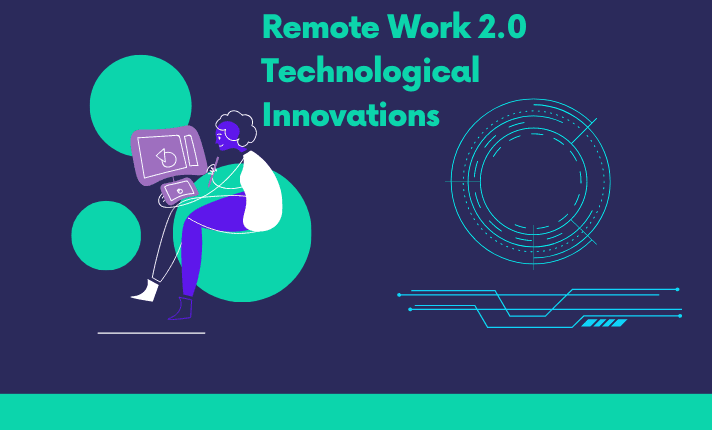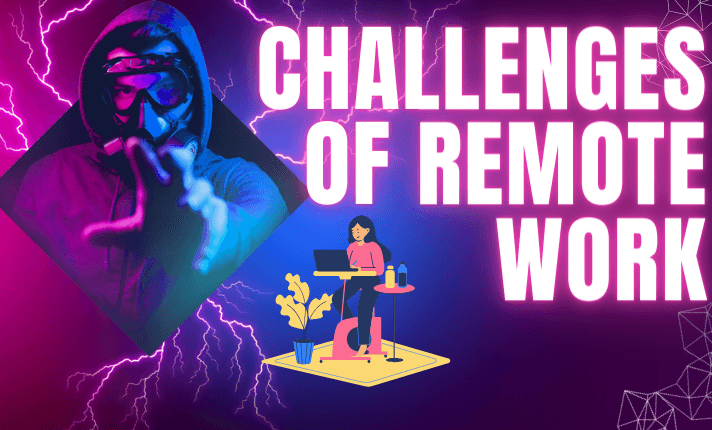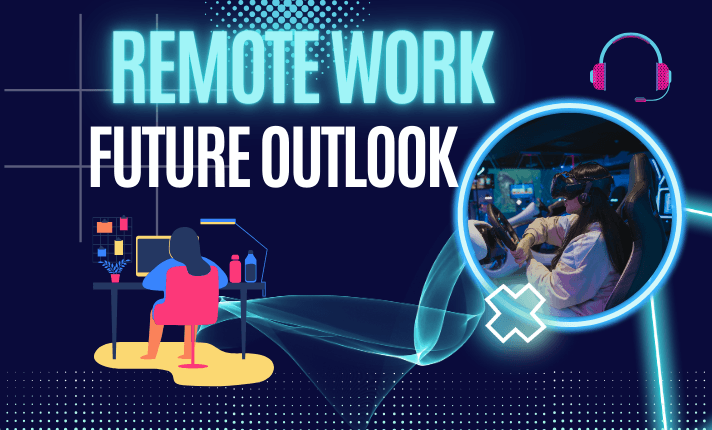
Remote Work 2.0: Technological Innovations Redefining the Digital Workspace
Introduction
The concept of remote work has undergone a profound transformation in recent years, propelled by rapid technological advancements. Remote Work 2.0 represents a new era in the digital workspace, characterized by unprecedented connectivity and collaboration. As we delve into the nuances of this evolving landscape, it becomes evident that technological innovations are the driving force behind this paradigm shift.
Evolution of Remote Work
A. Historical context of remote work
It is not a novel concept; its roots can be traced back to the Industrial Revolution when telecommuting first emerged as a viable option. However, it wasn't until the advent of the internet that remote work truly began to gain traction.
B. Transition from Remote Work 1.0 to Remote Work 2.0
The transition from Remote Work 1.0 to Remote Work 2.0 signifies a shift from mere feasibility to seamless integration. While Remote Work 1.0 relied heavily on basic communication tools like email and video conferencing, Remote Work 2.0 harnesses the power of cutting-edge technologies to enhance collaboration and productivity.
C. Key drivers of change in the remote work landscape
Several factors have contributed to the evolution of remote work, including advancements in communication infrastructure, shifting attitudes towards work-life balance, and the global pandemic, which accelerated the adoption of remote work practices.
Technological Innovations Shaping Remote Work 2.0

A. Virtual Reality (VR) and Augmented Reality (AR)
Virtual Reality and Augmented Reality are revolutionizing remote work by providing immersive experiences that transcend physical limitations. According to a report by Statista, the global AR/VR market is projected to reach $72.8 billion by 2024.
B. Artificial Intelligence (AI) and Machine Learning (ML)
AI and ML are reshaping the digital workspace by automating routine tasks and facilitating data-driven decision-making processes. According to Gartner, by 2025, 70% of all AI initiatives will incorporate some form of remote work optimization.
C. Internet of Things (IoT)
The Internet of Things is revolutionizing remote work environments by enabling seamless connectivity between devices and enhancing data exchange. Research by McKinsey estimates that IoT could have an economic impact of $3.9 trillion to $11.1 trillion per year by 2025.
According to a Report, In 2023, there was a notable shift in perception regarding career advancement for remote workers compared to 2022. A significantly higher percentage of participants (36%) believed that remote workers had better opportunities for career growth, compared to only 14% in 2022.
By 2023, 12.7% of full-time employees are engaged in remote work, with 28.2% opting for a hybrid work arrangement.
Challenges and Opportunities

A. Security and Privacy Concerns
While remote work offers numerous benefits, it also poses significant security and privacy risks. According to a survey by IBM, the average cost of a data breach is $4.24 million, underscoring the importance of robust security measures.
B. Digital Inclusion and Accessibility
Addressing disparities in access to remote work technologies is crucial for ensuring inclusivity in the digital workspace. According to UNESCO, approximately 3.6 billion people worldwide still lack access to the internet, highlighting the need for concerted efforts to bridge the digital divide.
C. Skills and Training
Adapting to new tools and platforms is essential for thriving in the remote work landscape. According to LinkedIn, the top five most in-demand skills for remote work include digital marketing, graphic design, and software development.
Future Implications
A. Predictions for the future of remote work
Forecasts regarding the future of remote work suggest significant opportunities ahead, as experts anticipate ongoing expansion and advancement in the virtual work environment. Upwork projects that by 2025, 36.2 million Americans will be engaged in remote work, marking an 87% surge compared to pre-pandemic figures.

In the coming years, remote work appears to hold significant promise. Upwork forecasts that by 2025, approximately 32.6 million Americans will be engaged in remote work, constituting around 22% of the workforce. This projection indicates a steady and ongoing transition towards remote work setups.
B. Potential societal and economic impacts
The widespread adoption of remote work could have far-reaching societal and economic implications, including reduced carbon emissions, increased workforce diversity, and enhanced work-life balance.
C. Role of policymakers in shaping Remote Work 2.0
Policymakers play a crucial role in shaping the future of remote work by implementing regulations that support equitable access, protect privacy rights, and promote workforce development.
Conclusion
In conclusion, Remote Work 2.0 represents a paradigm shift in the digital workspace, driven by technological innovations that enhance connectivity, collaboration, and productivity. As we navigate the challenges and opportunities of this new era, we must embrace and maximize the benefits of remote work while addressing the associated risks. By doing so, we can build a more inclusive, resilient, and efficient workforce for the future.